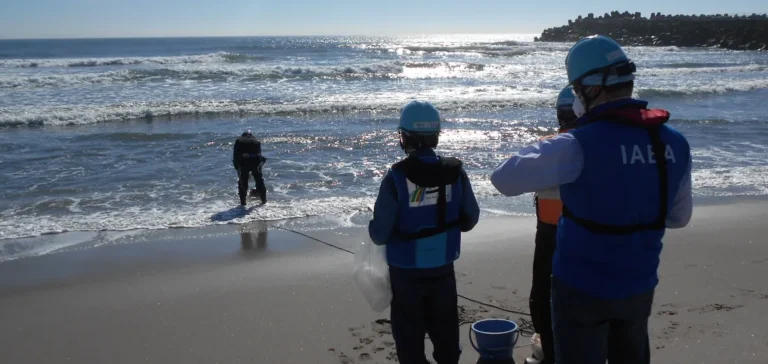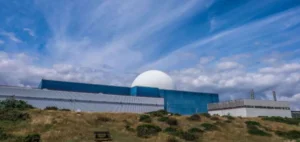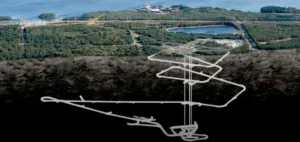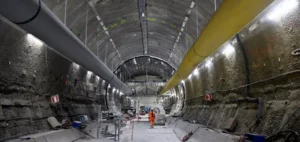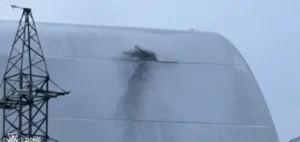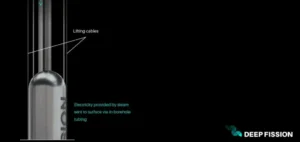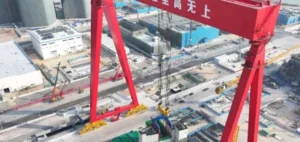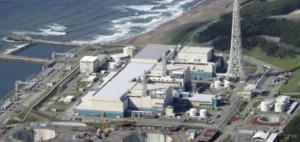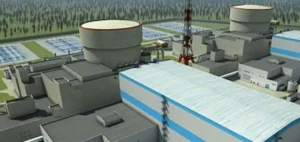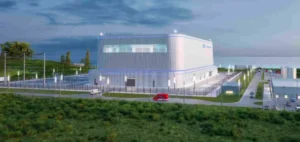The International Atomic Energy Agency (IAEA) has confirmed that the tritium concentration in the 14th batch of water treated by the Advanced Liquid Processing System (ALPS) from the Fukushima Daiichi Nuclear Power Station is well below the operational limit set by the Japanese authorities. Tokyo Electric Power Company (TEPCO) began discharging this batch of diluted water into the ocean following verification of the levels by the IAEA.
Independent monitoring and results
As part of its ongoing safety review, the IAEA collected and analysed on-site samples of the diluted water prepared for discharge. The results show that the tritium concentration remains significantly below the operational limit of 1,500 becquerels per litre, in compliance with international safety standards. These measurements are carried out for each batch prior to discharge, ensuring traceability and independent verification of the data provided by TEPCO.
Discharge process and monitoring
Japan is carrying out the gradual discharge of ALPS-treated water over several decades, an operation that began in August 2023. Before each release, the water is diluted with seawater to reduce tritium concentration. Since the start of the programme, around 101,000 cubic metres have been discharged across the first thirteen batches, all of which were confirmed by the IAEA as being below operational thresholds and within limits set by international standards.
Regulatory framework and publications
A comprehensive report published by the IAEA on 4 July 2023, prior to the start of the operations, concluded that Japan’s plan for managing the treated water complied with international safety standards. The document stated that the expected radiological impact on people and the environment would be negligible. Detailed reports on sampling, independent analyses, and data evaluations are available on the official IAEA website.


